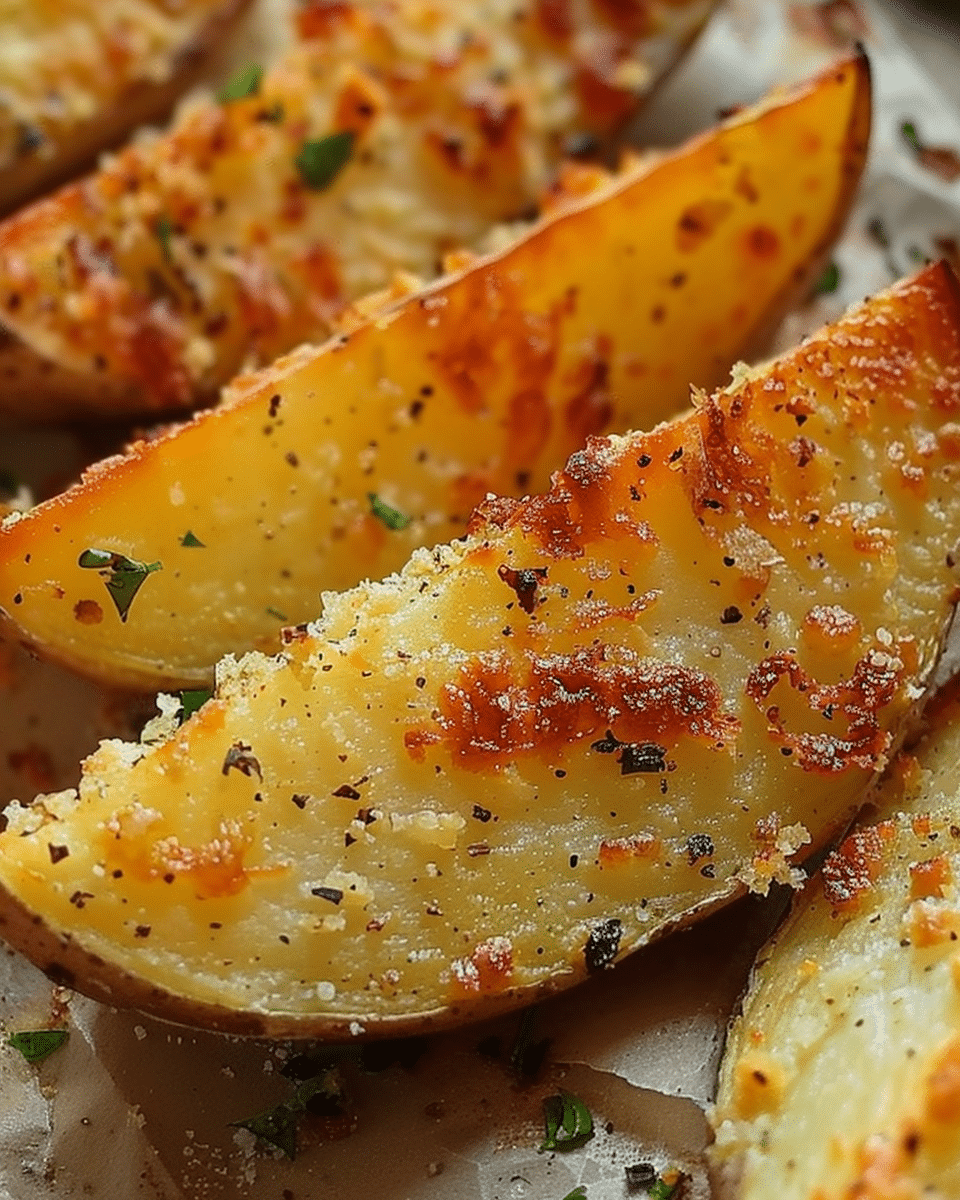Pastina and acini di pepe are two types of small pasta commonly used in various culinary dishes, particularly in Italian cuisine. While they share similarities in size and shape, they are not exactly the same thing. In this article, we will explore the differences between pastina and acini di pepe, including their origins, uses in cooking, and some popular dishes that feature these tiny pasta varieties. Whether you’re a seasoned chef or a pasta enthusiast, understanding the nuances between these two pasta types can add depth and variety to your culinary repertoire. Let’s delve into the world of these petite pasta options and discover how they can elevate your cooking endeavors.
Comparing Pastina and Acini Di Pepe Pasta
-
Size and Shape:
- Pastina: Pastina is a category of pasta known for its exceptionally small size and varied shapes. These shapes can include stars, alphabets, rings, tiny shells, or grains. The most common pastina shapes are no larger than a few millimeters in diameter, making them one of the smallest pasta types available.
- Acini di Pepe: Acini di pepe, on the other hand, is a specific type of pastina. The name “acini di pepe” translates to “peppercorns” in Italian, which is a fitting description of its size and shape. Acini di pepe pasta is round and very tiny, resembling small, spherical grains.
-
Color and Texture:
- Both pastina and acini di pepe typically have a pale, ivory or off-white color. Their color may vary slightly depending on the brand and the ingredients used in production, but they are generally quite light in hue.
- In terms of texture, both pastina and acini di pepe are made from durum wheat semolina or a similar wheat flour. This gives them a smooth, firm texture when cooked to perfection. They are not meant to be al dente like larger pasta varieties but are instead cooked until soft and tender.
While pastina encompasses a wide range of small pasta shapes, acini di pepe is a specific subset of pastina known for its tiny, round grains, setting it apart in terms of size and shape within the pastina category.
Culinary Uses
-
Soups and Stews:
- Pastina: Pastina is a versatile choice for adding texture and substance to soups and stews. Due to its small size, it cooks quickly and absorbs the flavors of the broth or soup it’s cooked in. Common soups featuring pastina include Italian wedding soup and chicken noodle soup.
- Acini di Pepe: Acini di pepe is especially popular in soups, where its tiny, round grains add a delightful and delicate element to the dish. It is often used in recipes for minestrone soup and pasta e fagioli, enhancing the overall consistency and mouthfeel.
-
Pasta Salads:
- Pastina: Pastina can be used in pasta salads, contributing a unique small pasta texture that complements vegetables, dressings, and other salad ingredients. Its small size ensures that it blends well with the other components, creating a harmonious and well-balanced dish.
- Acini di Pepe: Acini di pepe is an excellent choice for pasta salads because its tiny size makes it easy to mix evenly with ingredients like diced vegetables, herbs, and dressing. It adds a delightful, playful element to pasta salad recipes.
-
Other Dishes:
- Pastina: Beyond soups and pasta salads, pastina can be used creatively in various dishes. It can serve as a base for creamy sauces, be baked into casseroles, or even used in breakfast dishes like pastina pudding, where it’s cooked with milk, sugar, and flavorings for a comforting morning meal.
- Acini di Pepe: While acini di pepe is primarily used in soups and pasta salads, some creative cooks have incorporated it into desserts like tapioca pudding or rice pudding as a substitute for tapioca pearls due to its similar size and texture.
In summary, both pastina and acini di pepe excel in soups and pasta salads, but pastina’s versatility extends to a broader range of dishes, including casseroles and breakfast recipes. The choice between these pasta varieties depends on the specific texture and appearance you desire for your culinary creations.
Nutritional Value
| Nutritional Information | Pastina (1 cup, cooked) | Acini di Pepe (1 cup, cooked) |
|---|---|---|
| Calories | 200 | 210 |
| Protein (g) | 7 | 7 |
| Carbohydrates (g) | 42 | 45 |
| Dietary Fiber (g) | 2 | 2 |
| Total Fat (g) | 1 | 0 |
| Saturated Fat (g) | 0 | 0 |
| Cholesterol (mg) | 0 | 0 |
| Sodium (mg) | 10 | 10 |
| Potassium (mg) | 40 | 45 |
| Calcium (mg) | 10 | 10 |
| Iron (mg) | 2 | 2 |
Substitutes
| Pasta Type | Substitute |
|---|---|
| Pastina | Orzo, Ditalini, Small alphabet pasta |
| Acini di Pepe | Israeli Couscous, Small pearl couscous, Fregola |
History and Culture
Pastina:
- History: Pastina has a long history in Italian cuisine, dating back to ancient times. It was originally crafted by hand, with small pieces of pasta dough rolled into tiny shapes. Over the years, the production process has evolved to include a wide range of shapes and sizes, making pastina a beloved part of Italian culinary traditions.
- Cultural Significance: Pastina holds a special place in Italian culture, often associated with comforting, home-cooked meals. It is commonly used in dishes that are served to children, and it’s a symbol of nurturing and care. Italian families frequently use pastina to make simple yet delicious soups that are considered a source of warmth and comfort.
You May Like: Pastina Recipe Guide: Master the Italian Comfort Food Tradition
Acini di Pepe:
- History: Acini di pepe, translating to “peppercorns” in Italian, likely earned its name due to its small, spherical shape resembling tiny grains of pepper. While it’s part of the larger pastina category, it has gained recognition as a distinct type of pasta. Its exact origins are not well-documented, but it has been a staple in Italian cooking for many decades.
- Cultural Significance: Acini di pepe is commonly used in Italian-American cuisine, where it is featured in traditional recipes such as pasta e fagioli (pasta and bean soup) and minestrone. It is cherished for its ability to add a unique texture to soups and salads, reflecting the importance of both flavor and texture in Italian culinary culture.
Recipes Using Pastina and Acini Di Pepe
Here are two delicious recipes—one using pastina and the other featuring acini di pepe:
1. Pastina with Butter and Parmesan:
Ingredients:
- 1 cup pastina
- 2 tablespoons butter
- 1/4 cup grated Parmesan cheese
- Salt and pepper to taste
- Chopped fresh parsley (optional, for garnish)
Instructions:
- Bring a pot of salted water to a boil and cook the pastina according to the package instructions until it’s al dente. This usually takes around 5-7 minutes. Drain the pastina and set it aside.
- In a saucepan, melt the butter over low heat. Be careful not to let it brown.
- Add the cooked pastina to the melted butter and toss to coat it evenly.
- Stir in the grated Parmesan cheese and continue to cook, stirring, until the cheese has melted and the pastina is coated in a creamy sauce.
- Season with salt and pepper to taste.
- Serve the pastina hot, garnished with chopped fresh parsley if desired. It makes for a simple and comforting side dish or a quick and easy meal.
2. Acini di Pepe and Vegetable Soup:
Ingredients:
- 1 cup acini di pepe
- 6 cups chicken or vegetable broth
- 1 cup diced carrots
- 1 cup diced celery
- 1 cup diced onion
- 1 cup diced zucchini
- 1 cup diced tomatoes (canned or fresh)
- 1 cup chopped spinach or kale
- 2 cloves garlic, minced
- 1 teaspoon dried Italian seasoning (or a blend of dried basil, oregano, and thyme)
- Salt and pepper to taste
- Grated Parmesan cheese (optional, for garnish)
Instructions:
- In a large soup pot, heat a bit of olive oil over medium heat. Add the diced onions, carrots, celery, and garlic. Sauté for about 5 minutes until the vegetables begin to soften.
- Pour in the chicken or vegetable broth and bring it to a boil.
- Add the acini di pepe and cook according to package instructions until the pasta is tender but still firm to the bite.
- Stir in the diced zucchini, tomatoes, and dried Italian seasoning. Simmer for an additional 5-7 minutes until the zucchini is tender.
- Add the chopped spinach or kale and cook until wilted, about 2 minutes.
- Season the soup with salt and pepper to taste.
- Serve hot, garnished with grated Parmesan cheese if desired. This acini di pepe and vegetable soup is a hearty and nutritious meal.
These recipes showcase the versatility of pastina and acini di pepe in simple yet satisfying dishes. Enjoy your culinary journey with these delightful pasta options!
Different types of Pastina and Acini Di Pepe
| Pastina Variety | Description |
|---|---|
| Stelline | Tiny star-shaped pastina, perfect for soups and broths. |
| Alfabeto | Small pastina in the shape of alphabet letters, ideal for kids’ meals. |
| Anellini | Small ring-shaped pastina, often used in soups and casseroles. |
| Orzo | Similar in size to acini di pepe but shaped like rice grains. |
| Fregula | A toasted Sardinian pastina resembling small, irregular balls. |
| Conchigliette | Miniature shell-shaped pastina, suitable for soups and salads. |
| Ditalini | Short, tube-shaped pastina often used in pasta salads. |
| Acini di Pepe | Tiny, round pastina resembling peppercorns, great for soups. |
| Stellini | Similar to stelline, these are small star-shaped pastina pieces. |
Where To Buy Pastina and Acini Di Pepe
You can find pastina and acini di pepe in various places, both in physical stores and online retailers. Here are some common options:
1. Grocery Stores: Most well-stocked grocery stores carry pastina and acini di pepe in the pasta aisle. Look for them in the pasta section alongside other pasta varieties.
2. Italian Specialty Stores: Italian specialty stores often have a wide selection of pasta, including pastina and acini di pepe. These stores may offer high-quality imported options.
3. Online Retailers: Many online retailers, such as Amazon, Walmart, and specialty food websites, sell pastina and acini di pepe. You can browse through different brands and varieties, read reviews, and have them delivered to your doorstep.
4. Italian Markets: If you have access to an Italian market or deli in your area, they are likely to carry a range of pasta options, including pastina and acini di pepe.
5. Bulk Food Stores: Some bulk food stores or co-ops offer pasta in bulk bins. You can purchase the quantity you need, which can be useful if you want to try a small amount before committing to a larger package.
6. Online Pasta Retailers: There are online pasta retailers that specialize in a wide variety of pasta types, including traditional Italian options. These retailers often offer a curated selection of high-quality pastas.
FAQs
What is the difference between acini di pepe and pastina?
Acini di pepe and pastina are both small pasta varieties, but the main difference is their shape. Acini di pepe are tiny, round pasta grains resembling peppercorns, while pastina encompasses a wider range of small pasta shapes like stars, alphabets, rings, and shells.
Is acini di pepe a substitute for pastina?
Acini di pepe can be a suitable substitute for pastina in some recipes, especially in soups and salads, but they have different shapes. Pastina offers more versatility due to its various shapes, while acini di pepe adds a unique round texture to dishes.
What is another name for pastina pasta?
Pastina is also referred to as “baby pasta” or “tiny pasta” due to its miniature size and varied shapes.
What kind of pasta is acini di pepe?
Acini di pepe is a small, round pasta variety often used in Italian and Italian-American cooking, particularly in soups and stews.
Does Barilla make Pastina pasta?
As of my last knowledge update in September 2021, Barilla did not offer pastina pasta in their product line. However, product availability may change over time, so it’s advisable to check Barilla’s current offerings.
Who eats pastina?
Pastina is enjoyed by people of all ages, but it’s often associated with childhood comfort food. It’s commonly served to children in various dishes, and adults also appreciate its versatility in soups, salads, and other recipes.
Is Colavita Pepe the same as pastina?
Colavita Pepe is not the same as pastina. Colavita Pepe likely refers to a specific type or brand of pasta, and it’s important to note that “pepe” means “pepper” in Italian. While Colavita Pepe may share similarities with acini di pepe due to its name, it may not be the same as traditional pastina pasta. Always check the product description for precise details.
Conclusion
In conclusion, we’ve explored the world of pastina and acini di pepe, two small pasta varieties with distinct characteristics and culinary uses. In essence, pastina and acini di pepe are not the same thing. Acini di pepe is a subset of pastina, and their unique shapes make them suitable for different dishes and culinary traditions. Understanding the distinctions between these two pasta varieties allows for greater creativity and precision in your cooking endeavors, enabling you to choose the perfect pasta for your desired recipe. Whether you’re seeking comfort in a bowl of soup or adding a playful twist to a pasta salad, pastina and acini di pepe each bring their own character to the table.








